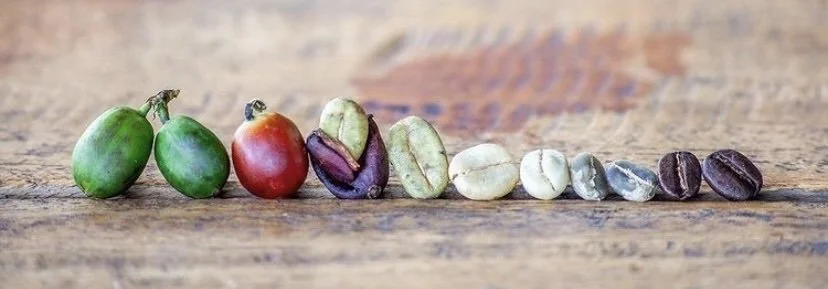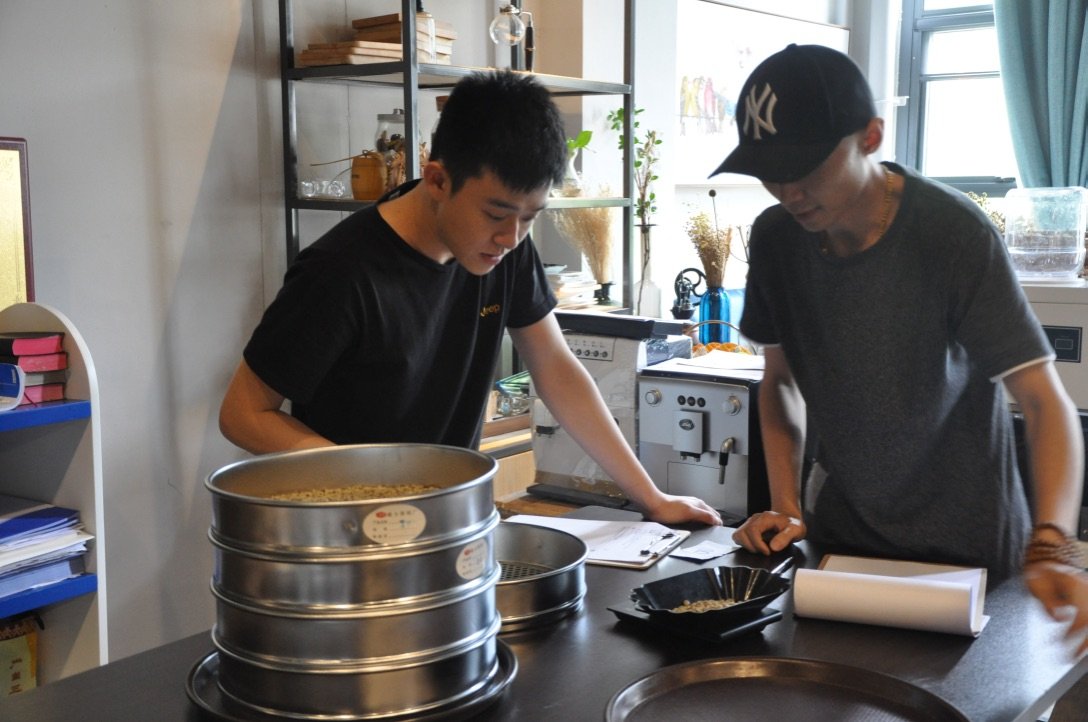At the end of the branch where the fruit can only support one seed rather than two!
As I said in my video, there may have been a time where it was reasonable to believe “bigger beans are better beans” and give monikers like “AA” or “AAA” or “Supremo” which insinuate a quality measure. However, today we enjoy a modern era where technology can be held in the hands of farmers and growers. Science, data and communication tools can relay growing and harvest conditions between farm, mill and warehouse for roasters to benefit. It is now time for roasters to recognize (and benefit from) the great advances at origin.
Furthermore, roasters may be willing to pay just as much, or more, for Kenya AB or for a Central Segunda lot, if roasted effectively. We can reward growers and producers for ALL of their coffee when we recognize and appreciate what each size can do!
GOAL #1 = Promote more strict coffee sizes protocols for roasters.
I believe that roasters should do their part to own screens and build them into a quality control program. Most “specialty coffee roasters” are going to great lengths to monitor quality and roast for nuances with a goal to Wow! their customers. However, they may find that one VERY EASY giant step forward is to roast the 17-18’s separate from the 15-16’s. That subtle size difference causes a variance in roast development … i.e. the nuances of fragrance, aroma, sweetness, acidity, body, mouthfeel, cleanness, and cupping score!
GOAL #2 = Promote dramatic gains for coffee Producers.
How can coffee producers recognize dramatic gains from strict coffee sizing? When roasters take the first step to understand that an 18 screen size (18/64th inch or 7mm) roasts, cups and blends very different from a 15 screen size (15/64th inch or 6mm) then they will begin to value coffee of all sizes for it’s specific use.





